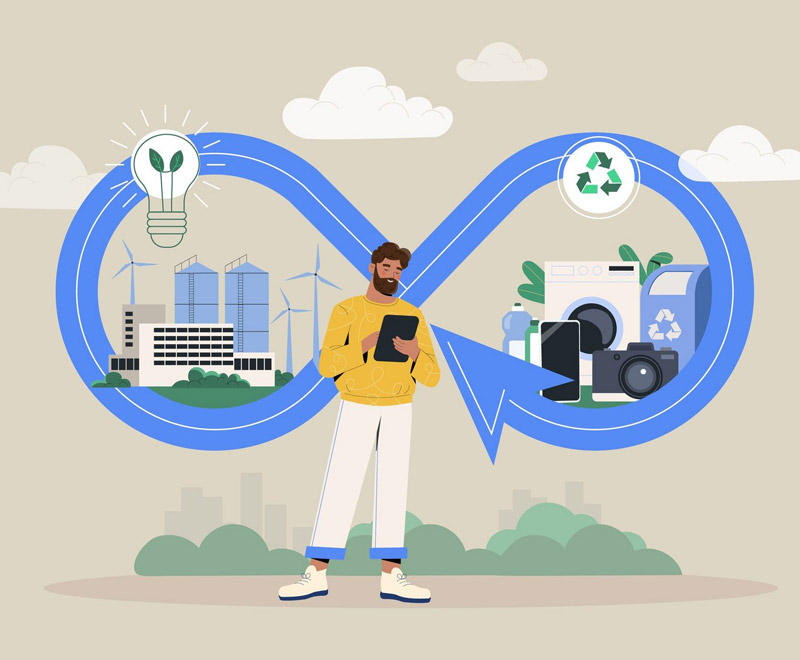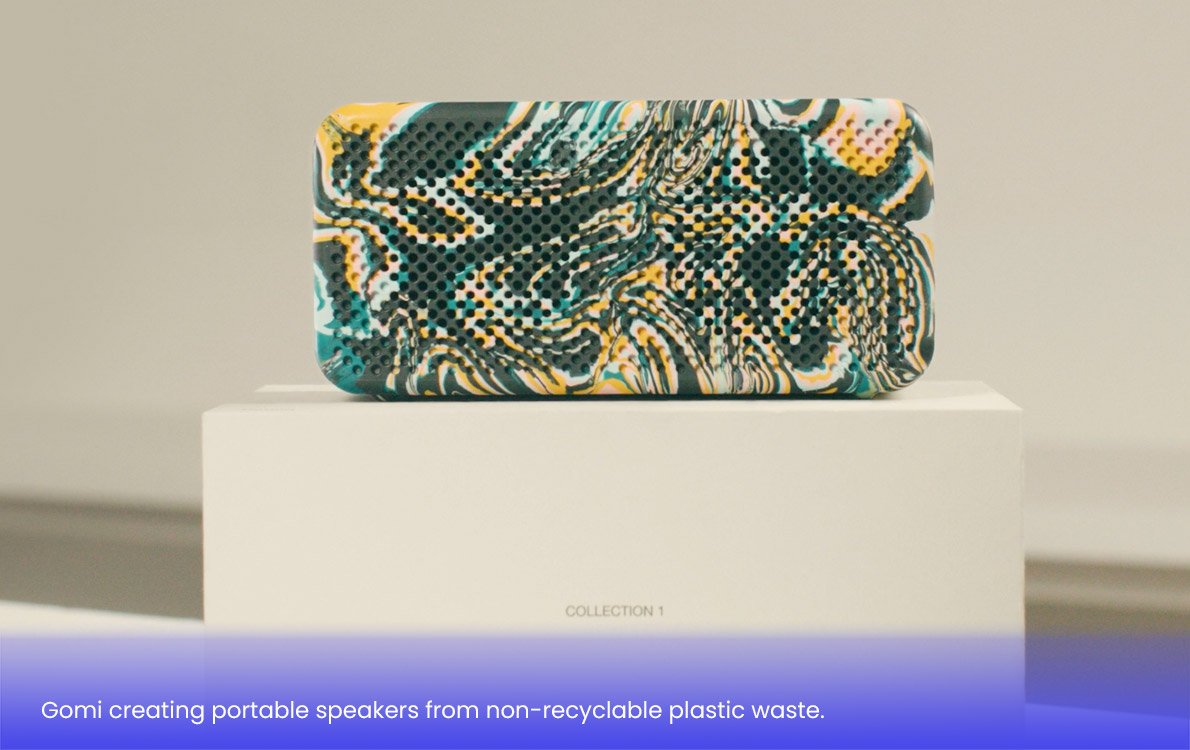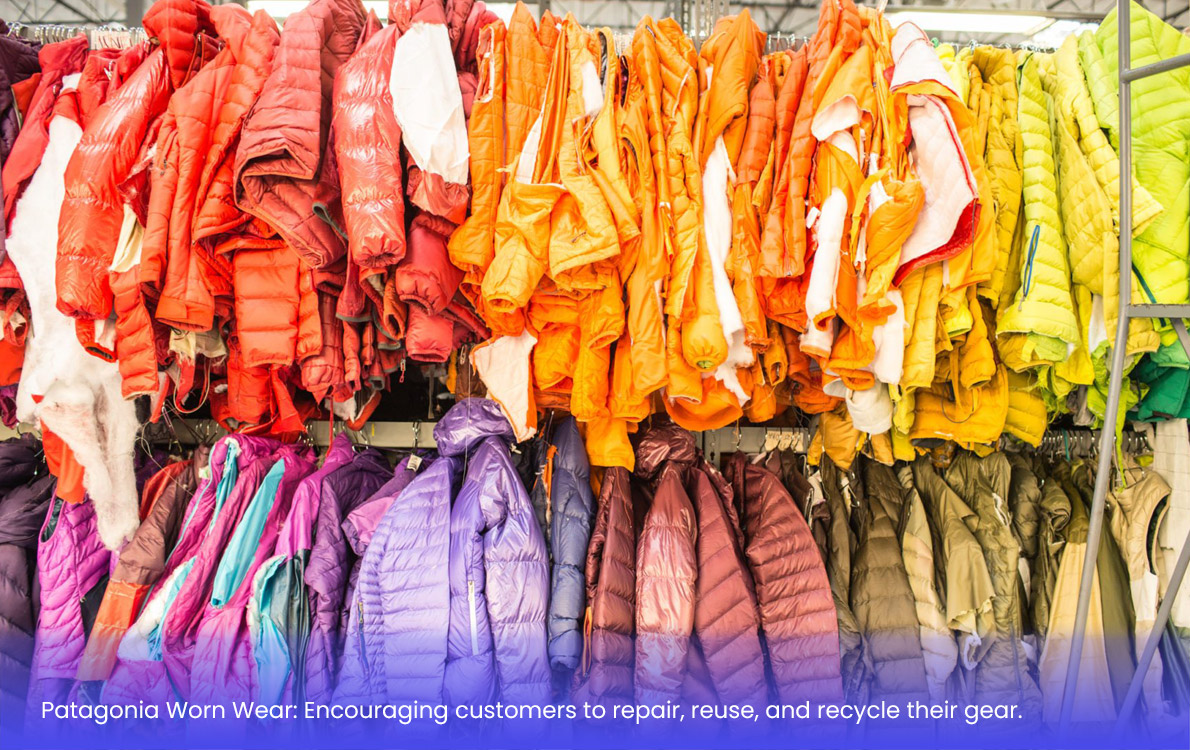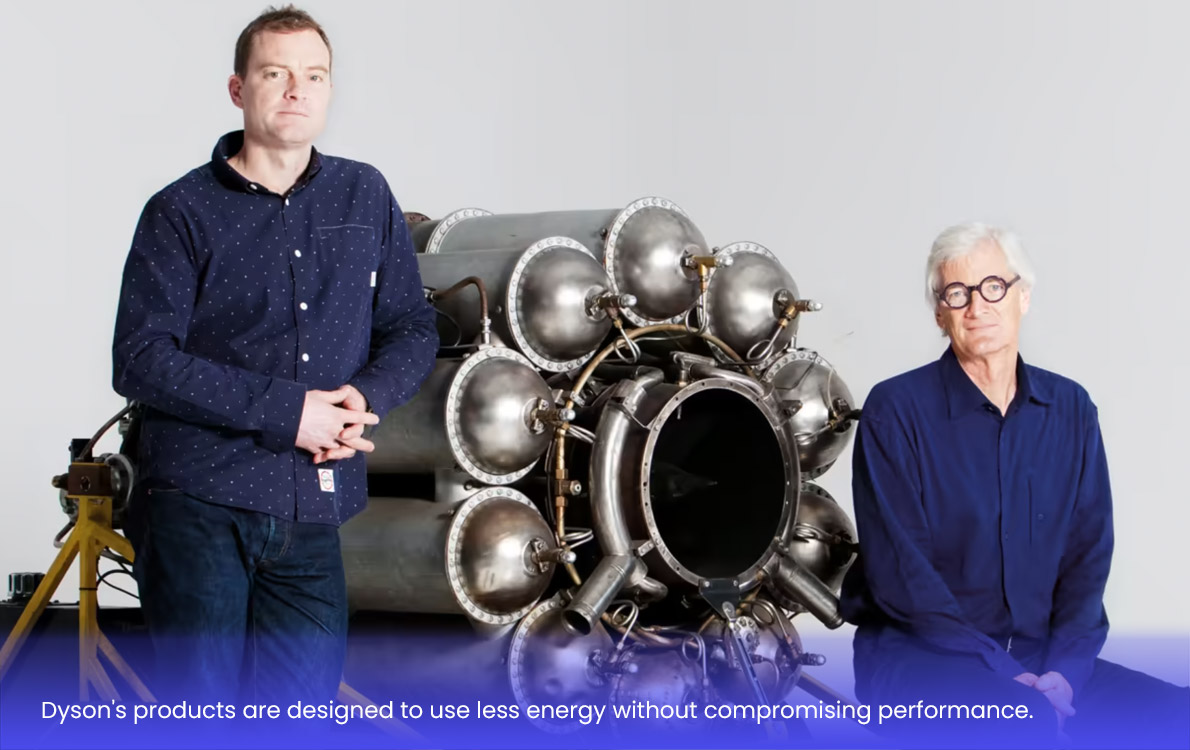

Over the last decade, we have witnessed a profound shift in the way products and services are conceived and delivered. A growing community of designers, engineers, and entrepreneurs are converging to redefine the very fabric of our daily lives through the lens of sustainability. This movement is driven by a single, powerful idea: minimizing environmental impact while maximizing value creation. As businesses and consumers become increasingly aware of their ecological footprint, the demand for sustainable innovation has never been greater. But what does it truly mean to design sustainably, and how can companies leverage this trend to drive growth and create lasting value?
Sustainability is no longer a buzzword; it’s a business imperative. From climate change to resource scarcity, the challenges facing our planet are profound and urgent. According to a 2020 report by the Ellen MacArthur Foundation, transitioning to a circular economy could reduce global greenhouse gas emissions by 39% and play a critical role in achieving the goals set out in the Paris Agreement. For businesses, this presents both a challenge and an opportunity. Those that can innovate sustainably will not only help address these global issues but also stand to gain significant competitive advantages.

"According to Ellen MacArthur Foundation, transitioning to a circular economy could reduce global greenhouse gas emissions by 39%."
At the heart of sustainable design is the concept of the circular economy. Unlike the traditional linear model of "take, make, dispose," a circular economy aims to keep products, components, and materials in use for as long as possible. This is achieved through strategies such as designing for durability, repairability, and recyclability.
One standout example is the UK-based company, Gomi, which creates portable speakers from non-recyclable plastic waste. By transforming waste into durable, desirable products, Gomi is not only reducing the amount of plastic sent to landfill but also setting a new standard for what sustainable products can look like.

Design thinking, a human-centred approach to innovation, plays a crucial role in sustainable design. This methodology involves understanding the needs and behaviours of users, brainstorming innovative solutions, prototyping, and iterating based on feedback. By putting people at the centre of the design process, businesses can create products and services that are not only sustainable but also highly desirable.
Patagonia exemplifies design thinking by prioritising sustainability and minimising environmental impact throughout the product lifecycle. Their Worn Wear programme, which encourages customers to repair, reuse, and recycle gear, stems from a human-centred design approach that considers the needs of both users and the planet. By designing durable products meant to last and providing repair services, Patagonia facilitates a circular economy that reduces waste and resource consumption. This customer-centric initiative not only aligns with Patagonia's environmental ethos but also cultivates brand loyalty by delivering extended value to users. The Worn Wear programme demonstrates how design thinking can drive innovative solutions that harmonise business objectives with ecological responsibility.

One of the biggest challenges in sustainable design is selecting materials that are both environmentally friendly and fit for purpose. Traditional materials like plastic and metal are often chosen for their durability and cost-effectiveness, but their environmental impact is significant. Sustainable alternatives, such as biodegradable plastics, recycled materials, and bio-based composites, are emerging, but they come with their own set of challenges, including cost and performance issues.
Innovative companies like MycoWorks, a California-based startup, are tackling sustainability head-on by developing novel materials that promote a circular economy. MycoWorks has created a leather-like material made from mycelium, the root structure of mushrooms, offering a sustainable alternative to resource-intensive animal leather. This mycelium-based material has a significantly lower environmental footprint, as it can be grown using agricultural waste and requires fewer resources during cultivation. Moreover, it is biodegradable, aligning with circular economy principles of minimizing waste and enabling continuous material reuse or recycling.
By reimagining traditional materials through an environmentally responsible lens, MycoWorks exemplifies how design thinking can drive sustainable innovation across industries, from fashion to automotive. Their mycelium leather substitute has the potential to transform sectors reliant on finite resources, paving the way for a future where economic growth is decoupled from resource depletion and ecological degradation.

Sustainable design isn't just about materials; it's also about how products are used. Energy efficiency is a critical component of sustainable innovation. Products that consume less energy during their lifecycle contribute to lower carbon emissions and reduced environmental impact.
Dyson exemplifies sustainable design through their line of energy-efficient appliances. From vacuum cleaners to hand dryers, their products prioritise energy efficiency without compromising performance. This commitment reduces environmental impact while appealing to consumers seeking lower energy bills. Dyson's innovative cyclone technology eliminates the need for disposable vacuum bags, minimising waste and aligning with circular economy principles of maximising resource value.
Moreover, Dyson actively explores using biopolymers derived from renewable sources, enabling closed-loop recycling systems that infinitely reuse materials without degradation. Their holistic sustainability efforts span manufacturing processes, buildings, and educational initiatives, generating renewable energy on-site and nurturing future engineers. By centering design around energy efficiency, waste reduction, and material innovation, Dyson demonstrates how sustainable practices can deliver both environmental and consumer benefits.

While the environmental benefits of sustainable design are evident, the economic case is equally compelling. Companies that embrace sustainability can achieve significant cost savings by optimising resource efficiency, reducing waste, and designing for durability and recyclability. These practices minimise material and energy costs associated with extracting and processing new raw materials. Furthermore, sustainable design often spurs innovation, as companies explore novel solutions, materials, and business models, giving them a competitive edge.
In addition, consumers are also increasingly driving the demand for sustainable products. A 2021 survey by IBM found that 57% of consumers are willing to change their purchasing habits to reduce negative environmental impact. Remarkably, 70% expressed a willingness to pay a 35% premium for sustainable offerings. This shift in consumer preferences presents a lucrative opportunity for companies that prioritise sustainability, allowing them to enhance brand reputation, cultivate customer loyalty, and potentially command premium pricing.
"According to a survey by IBM, 70% of consumers are willing to pay up to a 35% premium for sustainable offerings."

According to a 2020 report by McKinsey, companies that integrate sustainability into their strategies can drive innovation, reduce costs, and strengthen their brand value. By aligning with the principles of the circular economy and sustainable design, businesses can not only mitigate their environmental footprint but also capitalise on emerging consumer trends, achieve long-term cost savings, and gain a competitive advantage in the market.
As we look to the future, the importance of sustainable design will only grow. The challenges we face are immense, but so are the opportunities for those willing to innovate and adapt. Businesses that embrace sustainable design principles will not only contribute to a healthier planet but also position themselves for long-term success in a rapidly changing market.
Usman is a digital veteran and a renowned expert in human-centric innovation and product design. As the founder of Pathfinders, Usman works directly with businesses to uncover disruptive opportunities and helps create tangible business value through design and innovation.
Book an initial consultation with Usman »